On a cool spring night, five students enacted one of the most famous scenes in American literature. Tom Sawyer, bucket in hand, prepares to paint a fence — his punishment for skipping school.
But Sawyer has other ideas. Armed with a quick wit and wily grasp of human nature, Hannibal’s favorite son perches on a barrel, crunches an apple and watches his classmates complete the task.
Indeed, said Nancy Staudt, dean of the School of Law at Washington University in St. Louis, “Tom Sawyer not only convinced his friends to do the work, he convinced them to pay him for the right.”
The result, of course, was an ethical and legal conundrum. “Some argue Tom took advantage of his friends,” explained Staudt, the Howard & Caroline Cayne Professor of Law. “Others argue that our young Midwestern character was simply a youthful genius in action.”
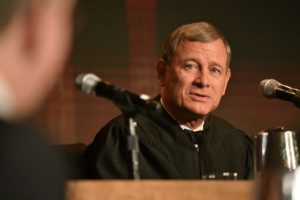
To settle the matter, on March 15 the School of Law convened a three judge panel — led by the Honorable John G. Roberts Jr., chief justice of the United States — at the Four Seasons Hotel in Washington, D.C. Joining the chief justice were Judge Cornelia Pillard of the U.S. Court of Appeals for the D.C. Circuit, and alumnus Judge Raymond Gruender, JD ’87, of the U.S. Court of Appeals for the 8th Circuit.
“Ladies and gentlemen … this is why we are here this evening,” Staudt told a packed room of legal scholars, distinguished alumni and invited guests including McDonnell International Scholars Academy students. “Tonight, we will finally resolve ‘The Case of Tom Sawyer.’”
‘That’s a big fence’
In many ways, “The Case of Tom Sawyer,” which was presented as part of the School of Law’s 150th anniversary celebrations, dates back to last fall, when Staudt reached out to Mark Rollins, chair of the Performing Arts Department in Arts & Sciences. The law school was organizing a mock trial based on Twain’s beloved episode, she explained. Might PAD students and faculty stage a few scenes before arguments began?
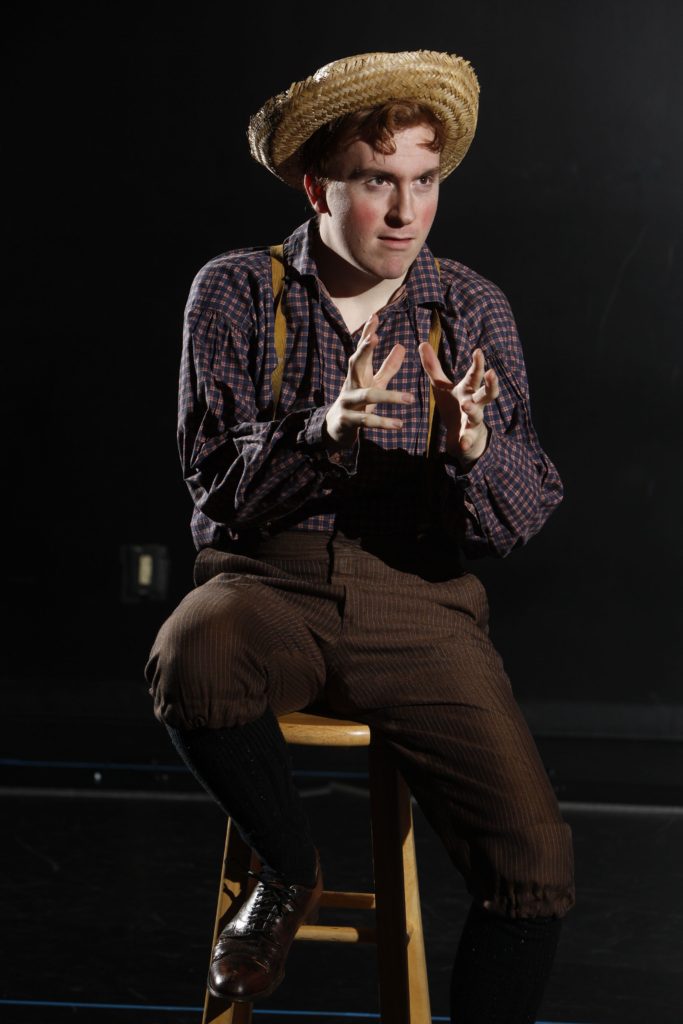
Rollins enlisted playwright-in-residence Carter W. Lewis, who penned the 20-minute script, and director William Whitaker, who recruited actors as well as stage manager Abby Mros. Rehearsals commenced in January.
“Adapting Twain was actually pretty easy,” Lewis said. “He’s a good storyteller. Our only mandate was to include all of Twain’s story points, because that’s what the legal case would be based on.
“Beyond that, we were free to embellish.”
And embellish they did. Titled “Tom Sawyer Whitewashes a Fence,” the world-premiere play features rapid-fire references to smart phones, smart bombs, the invention of anesthesia and President Donald Trump’s proposed border wall:
Ben Rogers: That’s one long fence.
Tom Sawyer: Longest around. Must be near 2,000 miles long…
Ben: How tall is it?
Tom: Fifty-five feet, I’d say.
Guitarist Tim Albert, in a deadpan Muddy Waters growl, continued the theme, singing:
That’s a big fence.
Today is gonna be a long day.
A big fence. A big fence.
It goes on a long way.
“We were all really proud of the performance,” said senior Nina Punyamurthy, who played the role of Ben. “It couldn’t have gone smoother.”
Whitaker concurred, adding: “When it comes to the law, you’ve got to have a sense of humor.”
Oral arguments
Next came the legal battle.
Third-year law students Carroll Bible, Kevin Flannery, Nick Goldin and Erin Putnam prepared the lower court opinion, providing backstory for the case. Law professors Greg Magarian and Neil Richards served as “Court of Twain” law clerks, prepping Chief Justice Roberts, Judge Gruender and Judge Pillard with a witty “bench memo.” Alumna Alicia McDonnell, JD ’94, served as court bailiff.
Representing Ben and three other victims (played by first-year student Dwayne McCowan III and sophomores Brandon Krisko and Carly Rosenbaum) was Paul D. Clement, a former U.S. solicitor general and partner in the Washington, D.C., office of Kirkland & Ellis.
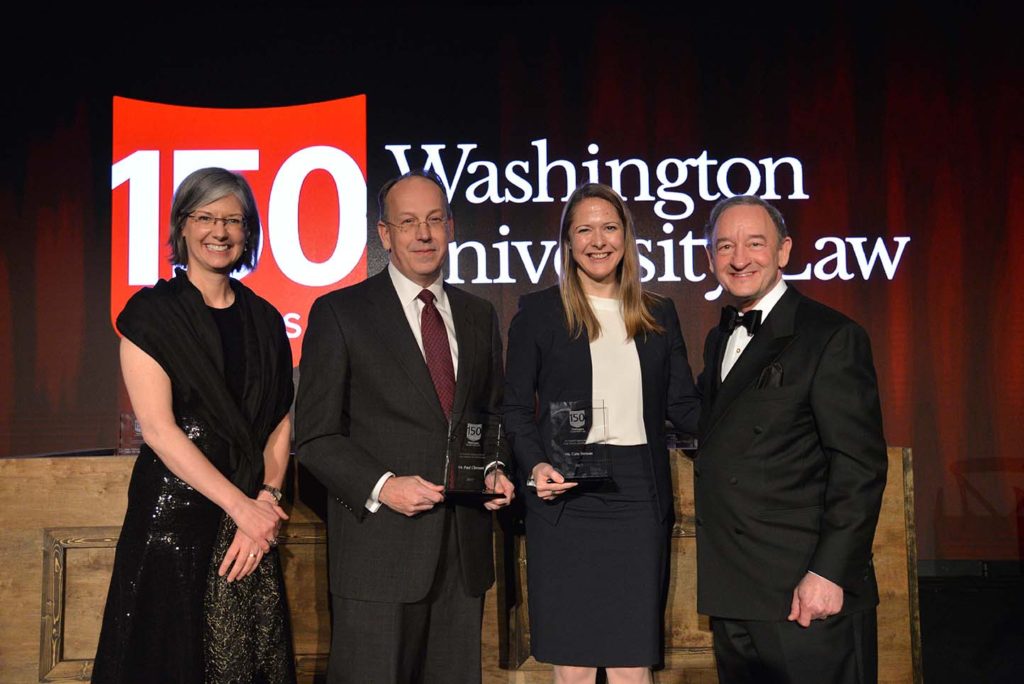
Clement, who frequently argues in the U.S. Supreme Court, contended that Sawyer (played by senior Zack Schultz) should not receive special treatment in the Court of Twain simply because he is a celebrity. He further argued that the Court should allow the boys to recover the trinkets paid to Sawyer — an apple, a kite, a dead rat on a string, a kitten with one eye — due to Tom’s fraudulent misrepresentations.
Chief Justice Roberts pointed out that the plaintiffs did not come to Court with clean hands; they misbehaved when they taunted Sawyer as he pondered the fence and his Aunt Polly’s command to whitewash it. Judge Pillard noted that Sawyer may not have engaged in fraudulent misrepresentation — she wondered, if perhaps, this was simply a case that involved “alternative facts.”
Representing Sawyer was Cate Stetson, head of appellate practice for the Washington, D.C., firm Hogan Lovells. Stetson argued that no sensible boy could have relied on Sawyer’s statements. They knew each other well, and the boys could not have been fooled or misled.
To this, Chief Justice Roberts inquired whether the problem in the case involved Tom’s decision to monopolize all the fun toys. The real issue to be decided, he suggested, was whether Sawyer violated antitrust laws, entitling the boys not just to a recovery but to treble damages.
After brief deliberations, the Court of Twain reached its conclusion.
As Supreme Court correspondent Adam Liptak reported in The New York Times, the case was declared moot. Even if the objects in question could be recovered, the chief justice said, “they would immediately be seized by their respective lawyers for attorneys’ fees.”
And thus, as the mock courtroom filled with laughs and applause, the case of Rogers v. Sawyer, No. 47-022, was closed.
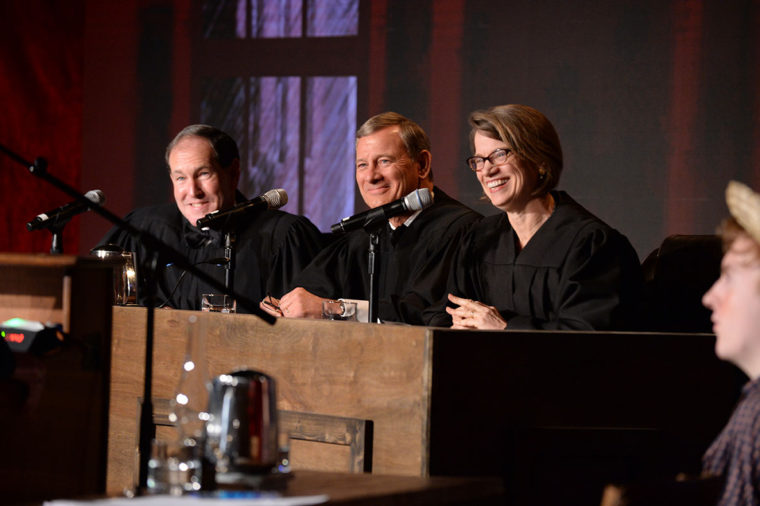
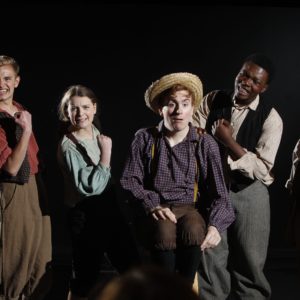
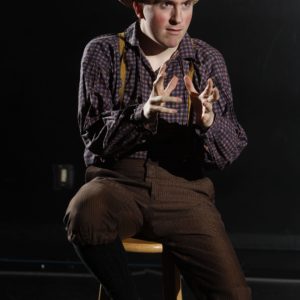
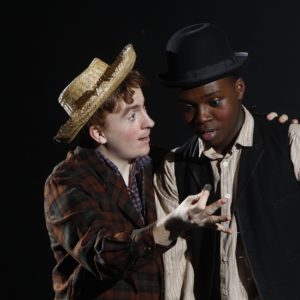
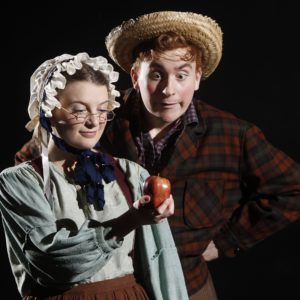
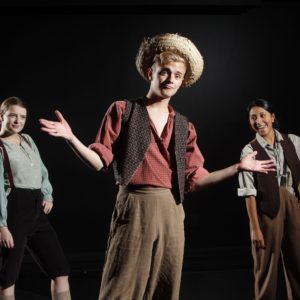
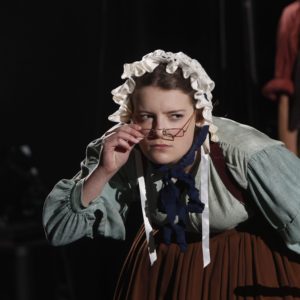
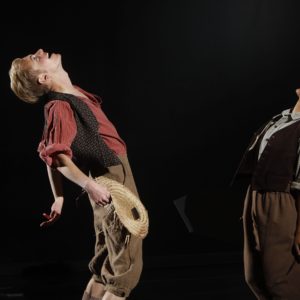
Comments and respectful dialogue are encouraged, but content will be moderated. Please, no personal attacks, obscenity or profanity, selling of commercial products, or endorsements of political candidates or positions. We reserve the right to remove any inappropriate comments. We also cannot address individual medical concerns or provide medical advice in this forum.